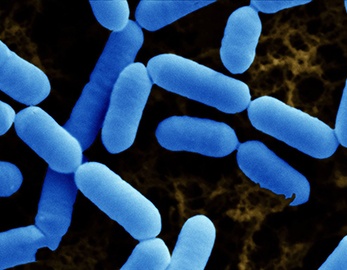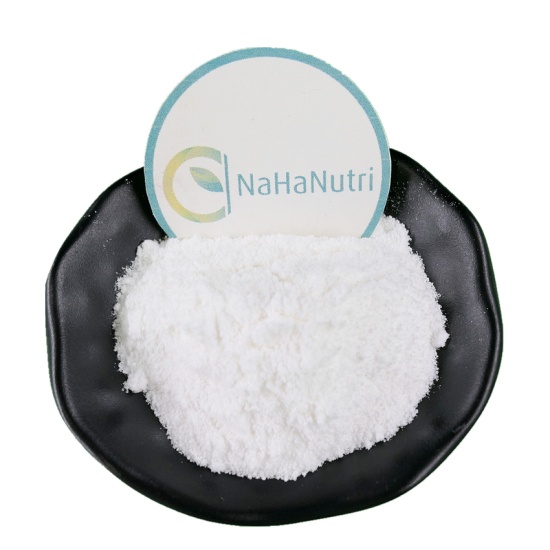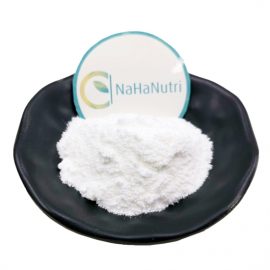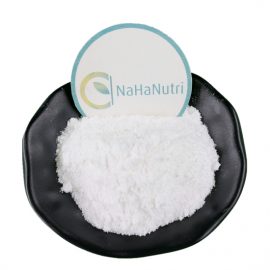A basic information
Lactobacillus paracasei is a Gram-positive bacterium that has no spores, no flagella, does not move, is facultative anaerobic, and mainly produces L-lactic acid by fermentation of glucose.
Product specifications
Active lactic acid bacteria content ≥ 10 billion cfu / g, powder, packed in aluminum foil bag, 1 kg / bag.
Strain characteristics
1. A wide range of bacteria sources, widely existing in the gastrointestinal tract, yogurt products, etc .;
2. It can hinder the adhesion, settlement and reproduction of specific intestinal pathogenic bacteria, thereby inhibiting pathogenic bacteria and regulating the intestinal flora balance;
3. Has good acid and bile resistance, can smoothly function through the gastrointestinal tract;
4. Can produce bacteriocin, have obvious inhibitory effect on pathogenic bacteria, and have a wide range of bacteriostasis;
5. It can effectively improve allergic symptoms, such as allergic rhinitis and allergic asthma, without any side effects;
6. Bacteria are safe and non-pathogenic.
Size and colony morphology
1. Size Under the electron microscope, the bacteria usually have long bacilli at both ends, appearing singly or in pairs, and some strains are arranged in short chains and generally chain-like.
2. Colony morphology When grown on MRS plates and cultured at 37 ° C for 24 hours, the colonies were milky white, round in shape, mostly more than 1.0 mm in diameter, with smooth, raised surfaces and neat edges.
Suitable for growing environment
This bacterium is suitable for growth under facultative anaerobic conditions. The growth temperature range is from 15 to 45 ° C, and the optimum temperature is 37 ° C. It has acid resistance, pH resistance to 2.5, and bile salt resistance to 0.4%.
Growth characteristics
1 culture characteristics: culture in the laboratory, can be cultured with MRS medium;
2 Biochemical characteristics: Fermented glucose mainly produces L-lactic acid. Most strains can ferment glucose, ribose, galactose, D-glucose, fructose, D-mannose, maltose, lactose, melezitose, melosylose, trehalose With tagatose, a few strains can ferment D-xylose, sorbitol, amygdalin, sucrose and cellobiose to produce acid.

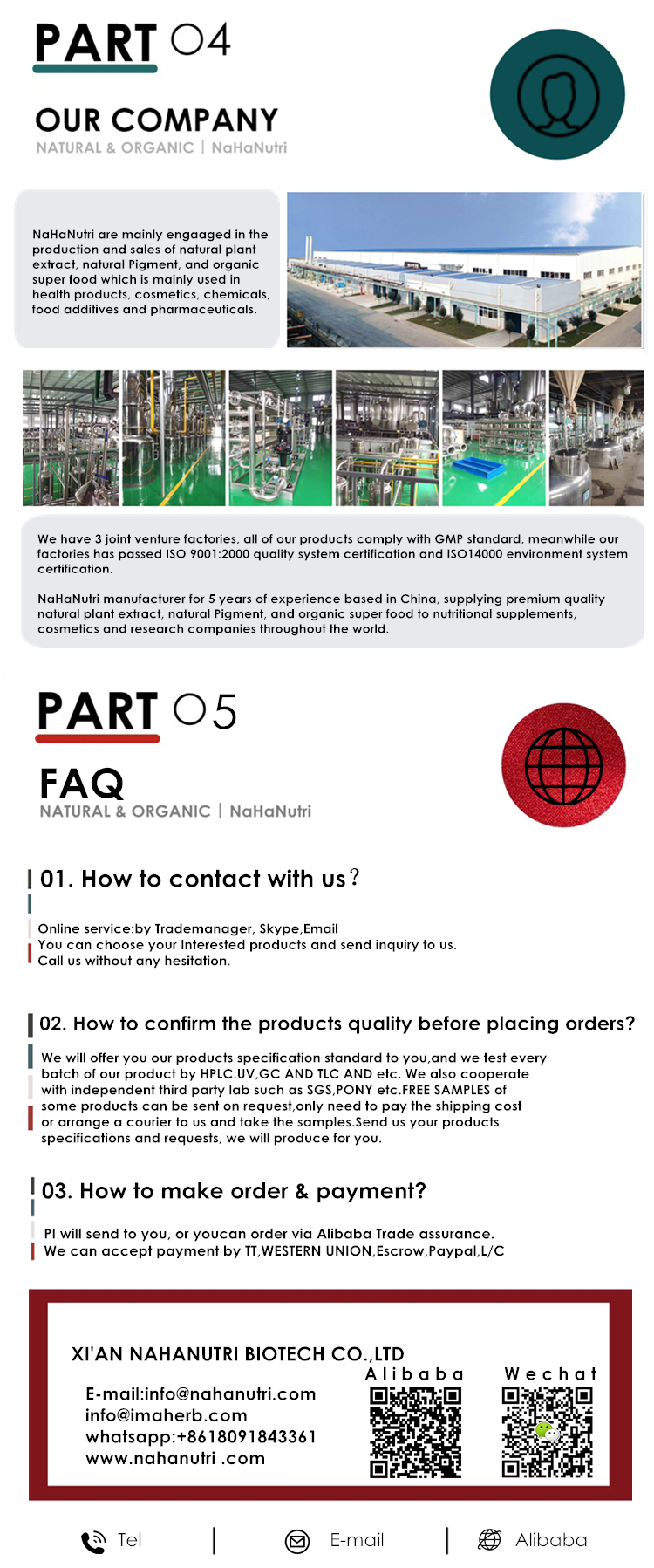
Lecithin

